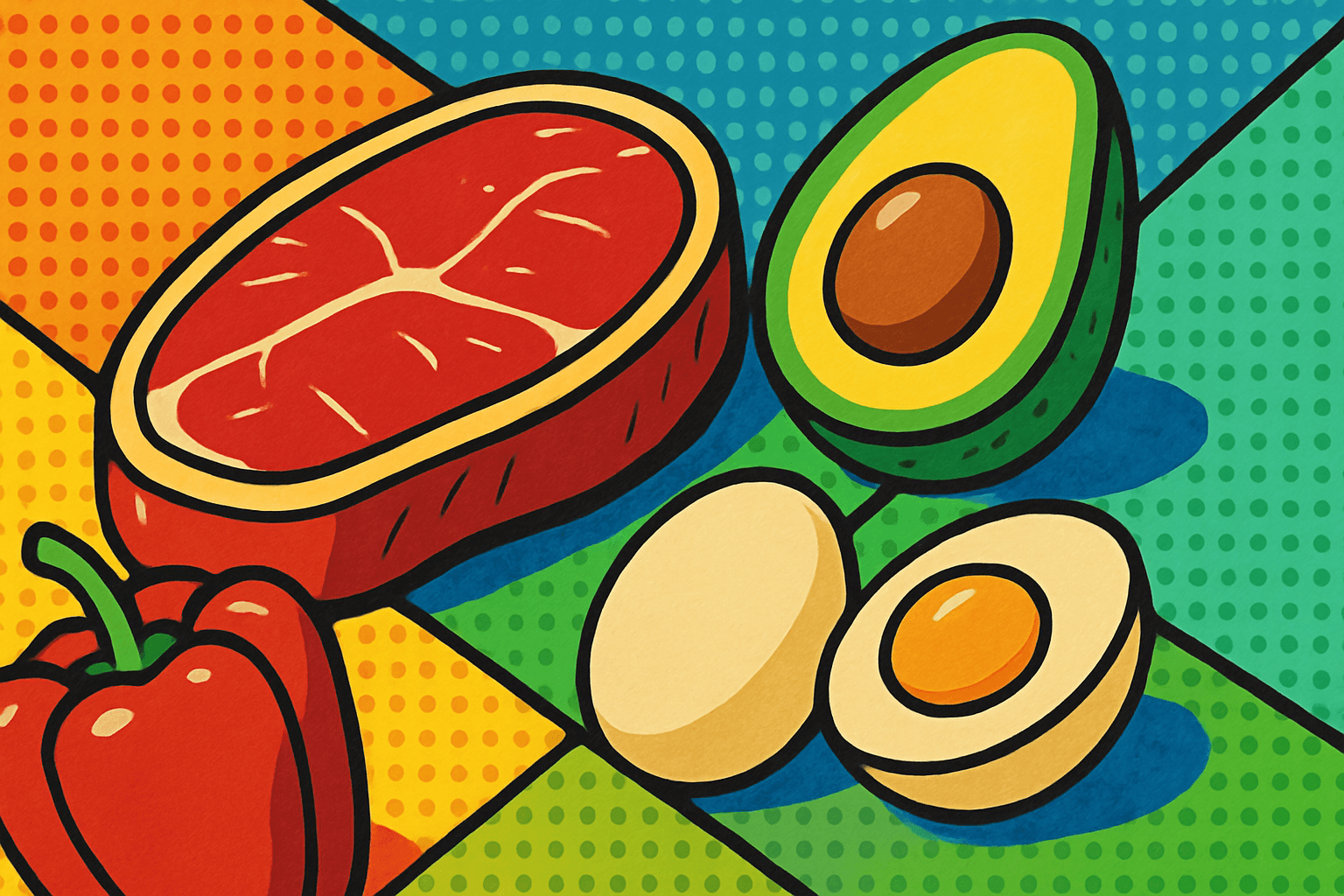UNDERSTANDING THE LOW-CARBOHYDRATE DIET: SCIENCE, BENEFITS, AND PRACTICAL GUIDELINES
Published on July 13, 2025

What Is a Low-Carbohydrate Diet?
Low-carb diets typically reduce carbohydrate intake to under 100–130 grams per day. Very low-carb diets may go as low as 20–50 grams per day to induce ketosis. These diets emphasize protein and healthy fats to meet energy needs and reduce hunger.
Reducing carbs leads to lower blood sugar and insulin levels, promoting fat-burning and metabolic flexibility. Many people report reduced hunger, stable energy, and better appetite control, making the diet sustainable.
Low-carb diets vary in strictness. Some aim for immediate ketosis, while others simply reduce processed carbs and emphasize whole foods. Your goals and health preferences should guide your approach.
How Low-Carb Diets Work
Low-carb eating reduces insulin, limiting fat storage. In very low-carb conditions, the body produces ketone bodies from fat, which fuel the brain and body in a process called ketosis.
This shift is linked to lower hunger hormones like ghrelin and higher satiety hormones like peptide YY and GLP-1. The resulting lower energy intake often leads to weight loss without conscious restriction. Ketones may offer a more stable energy source than glucose.
Low-carb diets also stabilize blood sugar, improve insulin sensitivity, and help reverse features of metabolic syndrome.
Benefits of Low-Carbohydrate Diets
Lose Weight
Rapid initial weight loss is common due to glycogen and water loss, followed by steady fat loss. When combined with protein and exercise, lean body mass can be maintained or improved.
Better Blood Sugar Control
Low-carb diets improve blood sugar regulation in type 2 diabetes. Many patients reduce or eliminate medications and experience fewer complications.
Improved Lipid Profile
These diets often raise HDL cholesterol and lower triglycerides. Effects on LDL vary, so regular monitoring is important.
Reduced Cravings and Appetite
High protein and fat intake increases satiety hormones, allowing natural calorie reduction without hunger.
Improved Mental Clarity
Ketones fuel the brain efficiently and may enhance concentration and mood.
Improved Metabolic Markers
Inflammation, blood pressure, and some organ functions may improve with a low-carb approach.
Potential Challenges and Considerations
Adaptation Period
“Keto flu” symptoms (fatigue, headache, irritability) often occur but can be minimized by tapering carbs and managing hydration and electrolytes.
Nutrient Deficiencies
Low-carb eating may reduce intake of certain vitamins, minerals, and fiber. Emphasize non-starchy vegetables, nuts, seeds, and consider supplementation.
Digestive Issues
A sudden fiber increase may cause constipation or discomfort. Hydration and gradual adjustments help support gut health.
Social and Practical Limitations
Dining out, travel, or socializing can be harder. Flexibility and planning ahead improve long-term success.
Sustainability
Some find it difficult to maintain strict low-carb diets. Cycling carbs or loosening restrictions may help maintain adherence.
Health Monitoring
Because lipid and kidney responses vary, regular lab work is advised, especially for those with existing health concerns.
Guidelines for Implementation
Slow Carb Tapering
Gradual reduction helps minimize side effects and supports adjustment.
Focus on Whole, Nutrient-Dense Foods
Base meals around leafy greens, cruciferous vegetables, high-quality proteins, healthy fats, and low-carb fruits.
Add Plenty of Non-Starchy Vegetables
Support fiber intake and gut health with vegetables like spinach, kale, and broccoli.
Stay Hydrated and Replenish Electrolytes
Ensure adequate intake of sodium, potassium, and magnesium to prevent cramps and fatigue.
Exercise Regularly
Exercise enhances insulin sensitivity, supports weight loss, and preserves muscle mass.
Monitor Your Health
Track weight, lipids, glucose, and energy with help from your healthcare provider.
Personalize Your Diet
Tailor carb intake, food choices, and meal timing to your own health needs and preferences.
Popular Low-Carb Diet Variants
Ketogenic Diet
Very low-carb (under 50g/day), high-fat, intended to promote ketosis.
Atkins Diet
Begins with strict carb restriction, gradually reintroducing carbs for long-term balance.
Paleo Diet
Focuses on unprocessed foods and excludes grains, legumes, and dairy.
Low Carb, High Fat (LCHF)
Encourages moderate carbs and high fat/protein intake without strict tracking.
Sample Low-Carb Meal Plan
Breakfast: Omelet with spinach, cooked in olive oil
Lunch: Grilled chicken salad with avocado and olive oil dressing
Snack: A handful of almonds or walnuts
Dinner: Baked salmon with roasted Brussels sprouts and cauliflower mash
Monitoring Progress and Adjusting
Track your body weight, glucose levels, lipid panel, energy, and mood. Adjust your diet based on results and consult with your healthcare provider.
Final Thoughts
Low-carb diets are a science-based strategy for improving weight, insulin sensitivity, and cardiovascular markers. With a focus on real food, hydration, exercise, and self-monitoring, they offer a sustainable and personalized path toward better health and long-term well-being.








